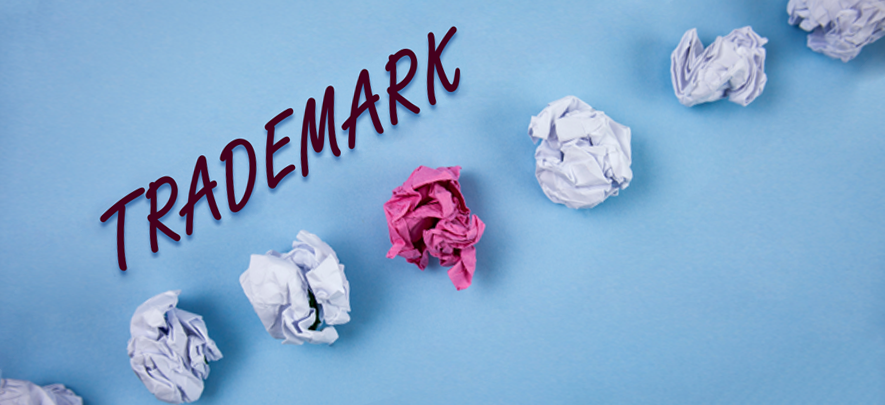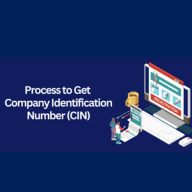Common trademark mistakes to avoid

Legal & Compliance
283 week ago — 7 min read
Background: It is said that Intellectual Property is a key element of economic development. A country that is able to secure ownership over products and processes for its businesses guarantees not just better domestic income, but also international recognition and increased sales. This makes ownership over product marketing and identification, commonly called 'trademarks' extremely important. What is also equally important is knowing its essentials to avoid exorbitant legal battles over securing this kind of intellectual property. In this article, Vakilsearch highlights certain aspects of trademarks that businesses must know and apply in their trademark building and filing processes.
Trademarks – What, why and till when?
There exist several kinds of intellectual property rights and a layman may be confused about what specific intellectual property right would apply to which kind of product. Generically speaking, codes, literature, digital works, paintings, designs are subject to copyrights. While creativity may vest in designing a logo, just like an artwork or writing a catchy slogan, these are not covered by the Copyrights Act. Any logo, for example just a single tick for Nike, a brand name such as Coca-Cola, a word – whether intelligible such as Classmate or meaningless, such as Cello, a label name – such as that belonging to the creator, Sabyasachi or numerals such as Forever 21 or even a combination of colours used, the red and white of Coca Cola, all qualify to be a trademark. Since a business uses all of these in its dealings, casting an impression of a certain standard of quality, the law prohibits anyone else from employing the same combination and gives the impression that the goods belong to someone else.
Also read: Having these legal documents can give your SME its best chance at growth
Tracing essentials of a trademark through famous legal battles
According to the Trademark Act, 1999 a trademark must be a mark which includes a device, brand, heading, label, ticket, signature, word, letter, name, numeral, packaging or combination of colours or any combination of these attributes.
- It must be of the nature of being represented graphically – Even though this exists as a requirement under Indian law, there exist unconventional trademarks in the form of smell marks (of a particular brand’s fragrance), sound marks (such as Kaun Banega Crorepati’s distinctive tune that is used for all regional distributions of Who Wants to Be a Millionaire, or Nokia’s tune). However, the validity of such trademarks being contested in an Indian court remains to be seen. Nevertheless, these constitute distinctiveness, which is essential under trademark rights.
- It must serve the purpose of distinguishing products of a manufacturer from another – The main purpose of trademark laws is to enable one seller’s goods to be distinguished from other sellers, and is judged from the point of view of buyers. PayPal embroiled the Indian Company PayTM in a trademark battle, because of the latter’s use of blue colour and the placing of the letters in the company logo in a very similar fashion, but more importantly the use of the first word “Pay”.
- Shape, colour combination and packaging may be protected as trademarks – This includes examples such as Coca Cola registering its distinctive shape of bottles in a 3D form, such that all other soft drinks cannot use the shape of Coca Cola bottles. However, Cadbury lost a legal battle while protecting the distinctive purple coloured wrappers of its signature chocolate.
- It should be capable of projecting connection of a person/group of persons with the manufacture of the goods or provision of services – Parle G has acquired distinctiveness for its globally renowned biscuits. In a legal battle in 1972, the court held that a wrapper of another biscuit applying the same colour scheme would be considered deceptive. For this, the court placed the two wrappers side by side and realised that it would be misleading for a person usually dealing with one to accept the other if offered to him.
Thus, it is advisable to choose distinctive marks, from very early on in the business to secure rights arising out of long use. It is also important to run a trademark search and avoid any possible similarities with an already registered trademark.
Also read: Trademark your brand to safeguard your brand
Whether trademarks need registration?
No and Yes. Although a registered trademark is preferred as it comes in handy while battling out legalities in a court, even though a trademark may not be registered, it will still be given validity by looking at factors like its duration of existence, the value customers attach and its outreach. In case of a clash between two brand names – one registered and unregistered, the verdict of the court is often seen to tilt towards an older brand name even though it may be unregistered. However, a trademark that is registered and has been in continued use for a long time increases your chances of winning a potential legal battle on trademark infringement. Moreover, in case the trademark is registered, you’re allowed to file a suit for infringement. For an unregistered trademark that is acquired through usage, the court proceedings are initiated for “passing off”.
Registered trademarks are also allowed to use the ® symbol. Though a trademark once registered, is valid forever, it must be renewed every 10 years.
Also read: Protecting your brand through trademark registration
Image source: shutterstock.com
To explore business opportunities, link with us by clicking on the 'Connect' button on our eBiz Card.
Disclaimer: The views and opinions expressed in this article are those of the author and do not necessarily reflect the views, official policy or position of GlobalLinker.
Posted by
Vakilsearch StaffGreetings! We would love to work with you and your company. We look forward to connecting with business houses and MSME's.
View Vakilsearch 's profile
Other articles written by Vakilsearch Staff
Know About the 4 Types of Partnership Firms
37 week ago
Most read this week
Trending
Ecommerce 6 days ago













Comments
Share this content
Please login or Register to join the discussion